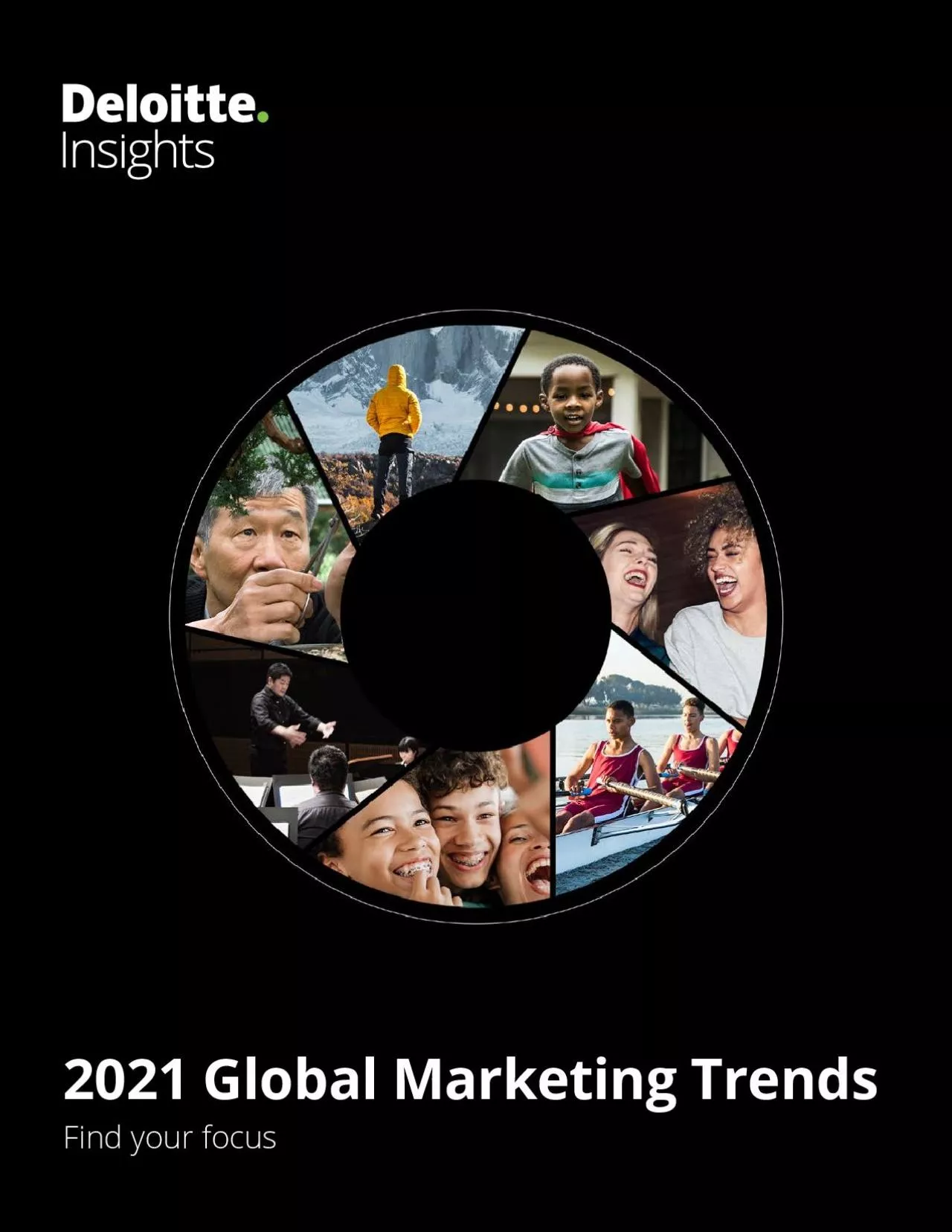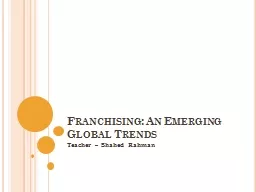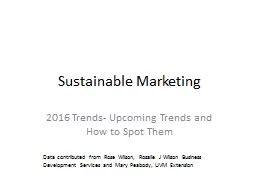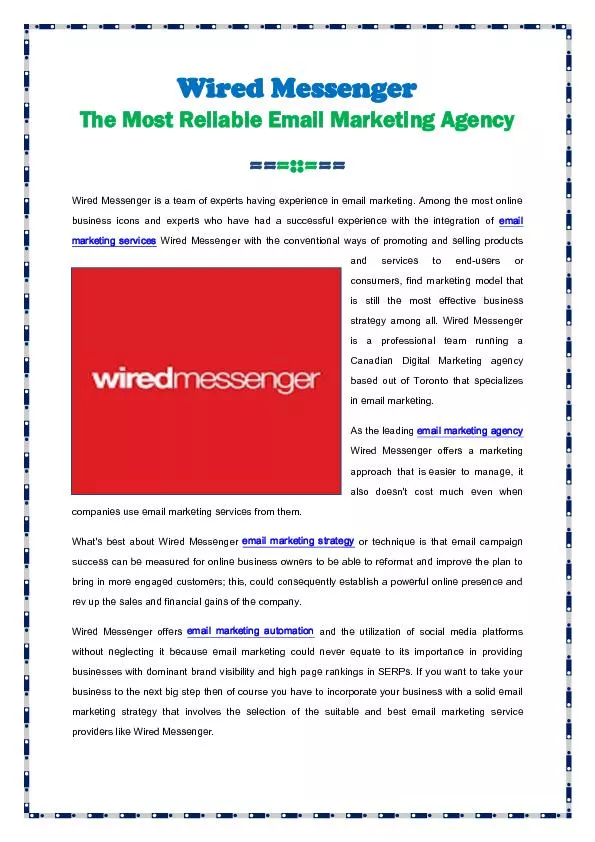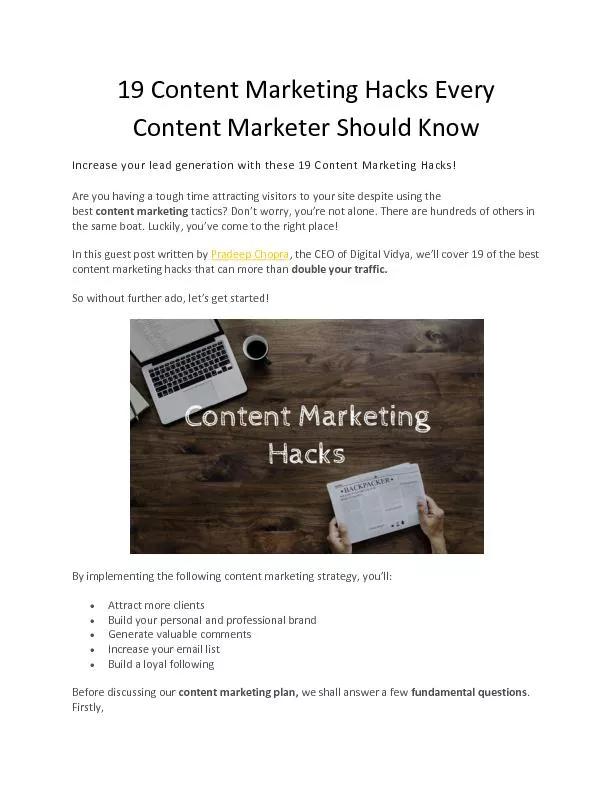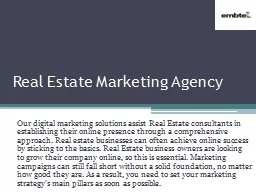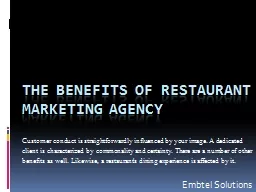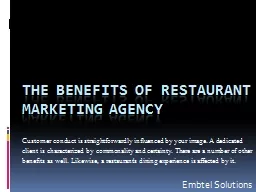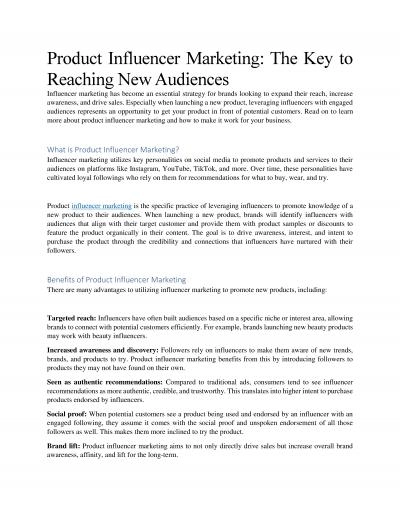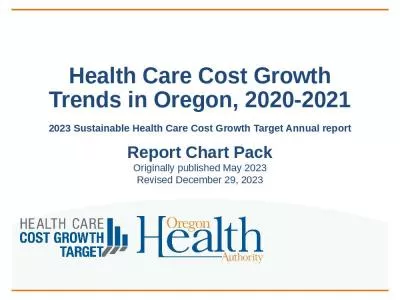PDF-2021 Global Marketing Trends
Author : violet | Published Date : 2021-10-01
Deloitte146s CMO Program supports CMOs as they navigate the complexities of the role anticipate upcoming market trends and respond to challenges with agile marketing
Presentation Embed Code
Download Presentation
Download Presentation The PPT/PDF document "2021 Global Marketing Trends" is the property of its rightful owner. Permission is granted to download and print the materials on this website for personal, non-commercial use only, and to display it on your personal computer provided you do not modify the materials and that you retain all copyright notices contained in the materials. By downloading content from our website, you accept the terms of this agreement.
2021 Global Marketing Trends: Transcript
Download Rules Of Document
"2021 Global Marketing Trends"The content belongs to its owner. You may download and print it for personal use, without modification, and keep all copyright notices. By downloading, you agree to these terms.
Related Documents

